Selections from Leslie R. Jubbs’ work, “Royal Australian Air Force, “Marine Section” Soon after the devastating Japanese air raid on Pearl Harbour, where the American Naval Fleet was severely damaged or sunk, and the Army Air Force’s aircraft and facilities were also destroyed. A very similar devastating bombing raid was made on Darwin, the Capital
Selections from Leslie R. Jubbs’ work, “Royal Australian Air Force, “Marine Section”
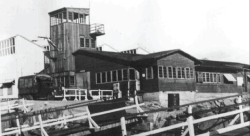
The Control Tower personnel maintained control of all aircraft and boat movements
on this very busy Rathmines Base on Lake Macquarie
Soon after the devastating Japanese air raid on Pearl Harbour, where the American Naval Fleet was severely damaged or sunk, and the Army Air Force’s aircraft and facilities were also destroyed. A very similar devastating bombing raid was made on Darwin, the Capital of the Northern Territory (Australia) occurred in February 1942 by a Japanese Aircraft Carrier Task Force and some land based Bombers. There was a distinct possibility that an invasion of Australia was imminent. The superior Japanese forces had invaded New Guinea, established a mighty base in Rabaul and occupied all the islands off Australia’s eastern coast, to as far south as Guadalcanal.
What must been one of the best kept secrets during the war against the Japanese was the very significant role played by the Men of the Marine Section and their vessels.
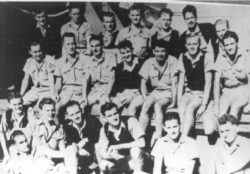
RAAF “Escapers” from Tulagi & Taranboga Islands safely on board SS“Manoora”
bound for Sydney, 25.5.42.
Rapid expansion of the Marine Section was a priority because of Lend lease Flying Boats and land base aircraft coming from the United States. Privately owned Boats were taken over by the RAAF, and the construction of a wide variety of boats to meet the requirements of Flying boats and remote Bases commenced.
Refueling Barges, Air Sea Rescue Boats, Bomb Scows, Work Boats, were a priority, while Torpedo Recovery Boats, Landing Barges, and a great variety of Transport Boats also had to be constructed. Many other privately owned boats were taken over by the Air Force.
Large sailing ships, like three-masted Schooners, Ketches, Pearling Luggers and Sloops, from another era, were refitted with new engines, rigging and sails were brought into service for the RAAF Marine Section.
Young men from within the Air Force, but a great many from civilian occupations commenced training to man the boats and ships as they came available.
Seaplanes and Flying Boats of the RAAF
The Royal Australian Air Force had a long association with seaplanes and flying boats, and therefore, had to have suitable boats and crews to serve these water born aircraft.
Twelve Martin Mariner Flying Boats, twin engine, entered the RAAF in 1943 and remained in service until 1946. They operated as a Transport Squadron but on a number of occasions they carried Commando Troops and landed them on rivers in New Guinea. In March 1944 was the only time two Mariners landed on Matilda Bay (Perth).
When the war in Europe ended six Short Sunderland Mk111 entered the RAAF and with six Martin Mariner formed No.41 Squadron operating as a Transport Squadron.
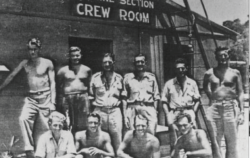
The Marine Section Crew Room was a place for the men, who manned the variety
of boats could get together with the Base Personnel
Advance Operation Bases
The war in Europe had just commenced when No.11 RAAF Flying Boat Squadron was formed and it departed for Port Moresby in September 1939. While there the Squadron carried out extensive reconnaissance to locate possible future Advance Operation Bases, locations for Coast Watchers and Communication Networks. Rabaul’s A.O.B. was made operational in 1940 followed by Tulagi, Vila, Noumea and refueling facilities were established at Kavieng, Gizo, Vanikoro and Lorengau.
Their aircraft comprised of two four engine “C” Class flying boats and two Seagull Mk5 amphibian aircraft. With the arrival of Catalina aircraft in Australia from United States of America,
RAAF Rathmines Seaplane Training Unit was established and the first course commenced in early 1941.
To serve these flying boats, and expanding squadrons, the training of men for the Marine Service and the procurement of a range of specialised boats had to be created.
War with Japan
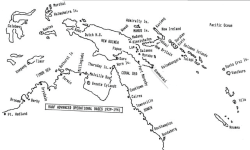
Advance Operational Bases 1939 – 1941
At the outbreak of war soon found the AOB at Rabaul trying to combat the vastly superior Zero with Wirraway aircraft. In a short period of time the RAAF had to evacuate Rabaul and all the other Bases. The expansion of the Marine Service commenced so as to meet the many and varied roles it would ultimately carry out until over 2000 personnel and hundreds of vessels comprised this little known Unit.
What follows in this article is a small selection of the RAAF Marine Section Units that operated within Australia and the islands to our northern waters. Some would even consist of only one Air Sea Rescue boat such as the Oro Bay Unit, other small Units like at West Bay, had a variety of Vessels, then came the large Catalina and Martin Mariner flying boat Bases, and not forgetting the very large Ketches and Schooners operating as independent Units and the boats they operated.
RAAF Base Rathmines
Lake Macquarie
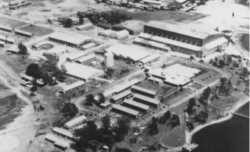
RAAF Base Rathmines provided the training for all M.S.Personnel as well as Operational
Training for all Air Crews converting to Flying Boats & Seaplanes
RAAF Base Rathmines became the largest Flying Boat Base in Australia where Conversion Training for Air Crews, destined to man the Flying Boat and Seaplane Squadrons was carried out. An essential facet of a Flying Boat Squadron was the Marine Section and Rathmines was where their training was done.
In 1936 the Director of Staff Duties at RAAF H.Q. Melbourne instructed WGCDR L.V. Lachal to investigate and recommend a site for a flying boat base in the Newcastle region.
Finally the area known locally as Rathmines , on Lake Macquarie was recommended. In August 1939 a party of four left RAAF Richmond in a tender bound for Rathmines. This Advance Party consisted of Warrant Officer W.B.Bartlett, Sergeant S. Haggerty (Fitter), Corporal J.Fuller (Clerk), and Sergeant K.Lord (Driver). WGCDR Hewitt flew in by Seagull. The following month local cottages were rented as living quarters for one Barracks Officer and 28 other ranks thus creating the nucleus for Rathmines.
Gradually the number of personnel increased as wooden framed buildings were constructed. WGCDR Hewitt was posted to Rose Bay and FLTLT S.A.C. Campbell took over Command. Seaplane Training Flight under the Command of SQNLDR D.A. Connelly arrived 2 March 1940, from Point Cook, to commence training of Pilots and Crews.
A new wooden slipway was commenced in 1940 and was finally completed twelve months later. Two concrete slipways came into use in 1943.
7 December 1942 No. 3 Operational Training Unit was formed.
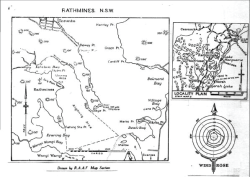
Map, Rathmines NSW provided the training for all M.S.Personnel as well as Operational Training for all Air Crews converting
to Flying Boats & Seaplanes.
The first boat to operate at Rathmines was a 21- foot power vessel for carrying crews and supplies. A Refuelling Barge, originally a Sydney ferry, was given the Number 32.
Midway through 1942 the Base was fully operational with complete overhauls being carried out. Seagulls were being supplied to the R.A.N. while Catalina and Sikorsky Seaplanes carried out patrols off the coast of NSW. Training had also commenced for Marine Section Personnel.
Martin Mariner
Twelve of these twin engine, large American Flying Boats were ferried to Rathmines in late 1943 and operated in a Transport role carrying personnel and supplies and equipment. Air Crews completed their conversion to this type at Rathmines.
Dornier, Kingfisher and Seagull Aircraft At Rathmines Crews for these aircraft were also converted to these types.
Marine Section
Personnel often referred to themselves as belonging to the “Wet Section” or Air Force sailors because some wore an Anchor badge (unofficial) above their badge of rank. Many hundreds of men received their training at Rathmines in how to perform a very important role in a flying boat Squadron by operating a host of different types of vessels.
Marine Section Motor Boat Crews had to be trained in Navigation, Seamanship,
Signals, Boat Handling, Life Saving and Technicalities of Weather. These men also operated, serviced, and maintained their own vessels whether in small isolated Units at Operational Base Units (OBU), like Millingimbi (NT) or single Air Sea Rescue boats attached to American Bases, eg Oro Bay in 1942. range of special skills used by Marine Section Personnel, who worked in the Marine Section Base
Workshops in Port Moresby, Milne Bay, Darwin and Cairns.
Marine Section Graduation
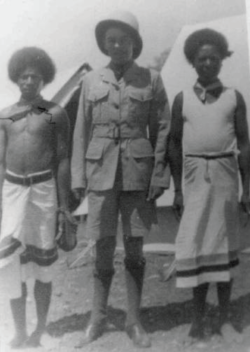
Leading Air Craftsman resplendent in tropical uniform with
associates
Marine Section Motor Boat Crews on completion of the Course at Rathmines were classified in a variety of Mustering. Some were classified as First Class or Second Class Coxswains and would be in charge of a Boat, others were Motor Boat Crew, while those classified as Fitters went off to Technical Colleges or Schools for further training in handling and maintaining a variety of engines used on vessels. These included Diesel, high octane petrol, kerosene, as well as Electrical Generators and deck motors Fitters also were known as Engineers.
On arrival at a posting a Marine Section Graduate could find himself on a Refueling Barge, a Bomb Scow, Crash Boat, Work Boat, Landing Barge, Dumb Barge, Air Sea Rescue Boat, or Fire Tender Boat. All these boats required special skills and each Crew Member had a special responsibility. In very isolated Units they operated as a team usually under the control of a Non Commissioned Officer (NCO) but the ability to “get along & fit in” was an attribute that was very important, for these men lived as a close knit group for months and months.
Marine Section Personnel operating in OBU Units were responsible bringing ashore from anchored Supply Ships every conceivable kind of supplies needed to keep the Base functioning, along with vast amounts of aviation fuel to supply staging Flying Boats and Bombers. Initially the Marine Section had to bring ashore all the heavy construction equipment needed to build an air field by the RAAF Airfield Construction Squadrons, such as was done at RAAF Truscott in the Kimberley of WA.
Large three masted Schooners, two masted Ketches and Luggers were crewed by men of the Marine Section, who sailed these great sailing vessel around Northern Australia, New Guinea and off shore islands, taking supplies, materials and equipment to RAAF Units. Complete RAAF Radar Units were also transported to Bays and off shore islands with some close to Japanese forces.
Many RAAF Air Sea Rescue Boats were operating throughout the war zones.
Warrant Officer Bernie Bashford readily recalls one of the Navigation Instructors at Rathmines, Captain Richmond, was a four ring Merchant Navy Captain as a “Wizard” and expected all his Student Coxswains to be as competent. FLTLT Richmond went on to be Skipper of the RAAF Marine Vessel, 06.9 “BettyJoan” that operated in New Guinea. Captain Richmond was well known in Sydney for there he was the founder of “Richmond Navigational School.”
Author, Leslie R. Jubbs, the author, was a Royal Australian Air Force Pilot during the World War II. He stopped over in New York on his way to England during WWII.
This article contains selections from Leslie R. Jubbs’ work, “Royal Australian Air Force, “Marine Section” The Forgotten Era of Men & Vessels: War comes to Australia.
Published in 1997 Kingsley, Australia
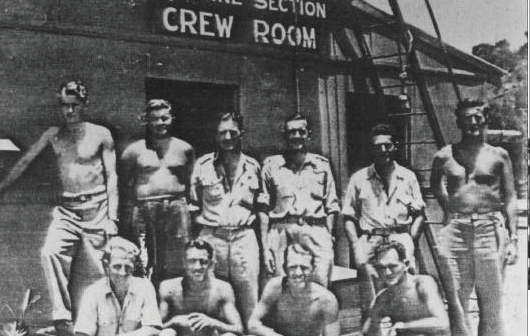
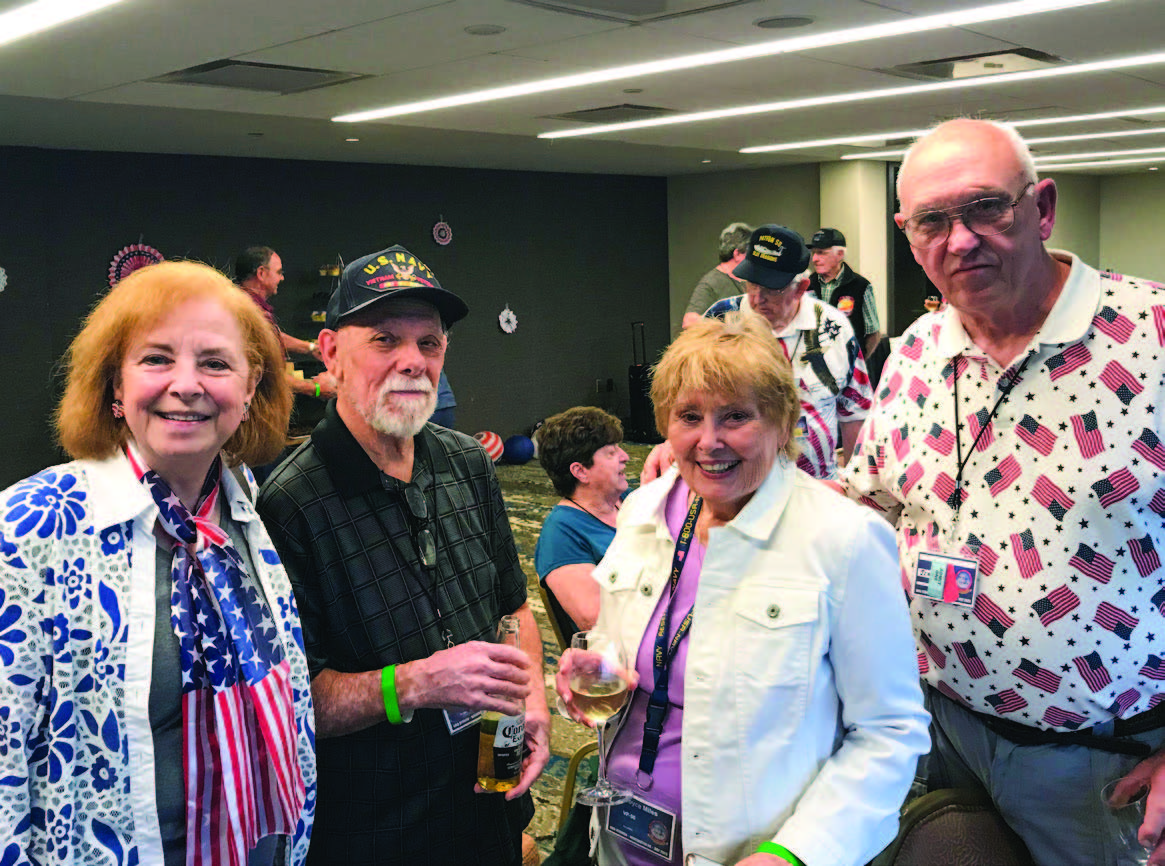
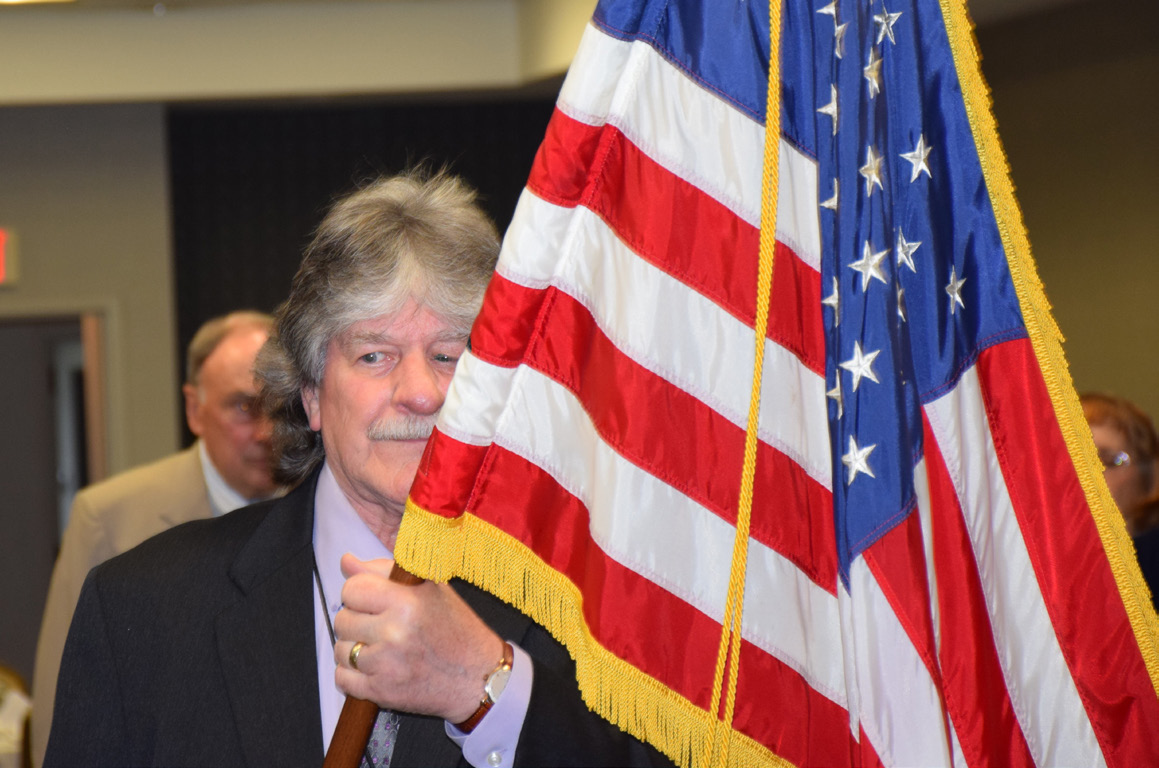
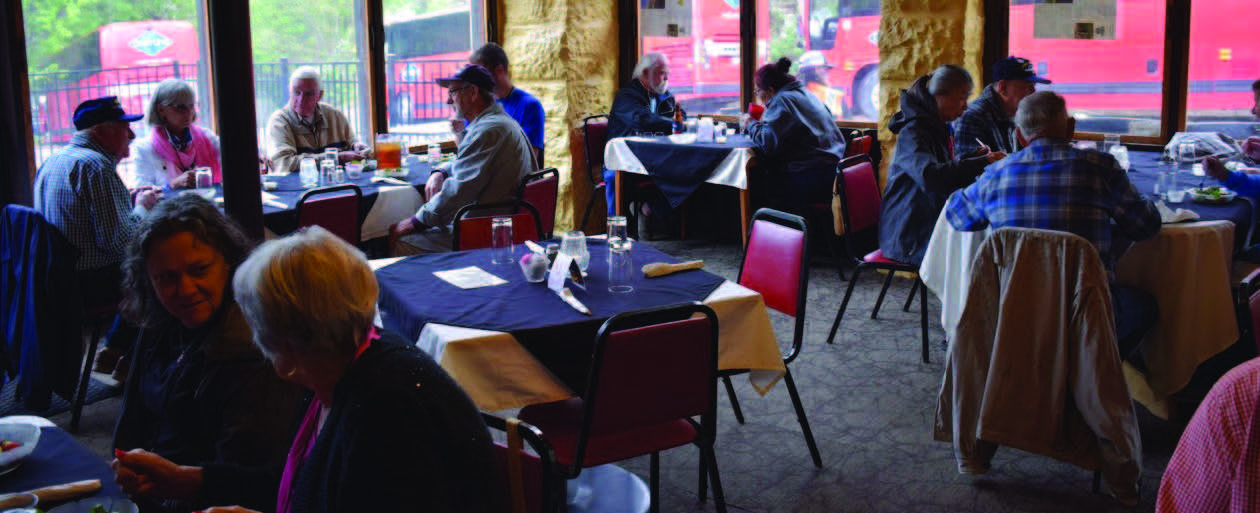

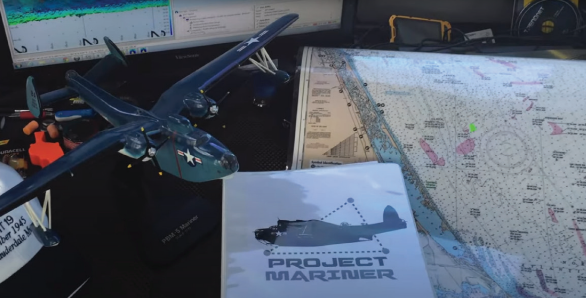

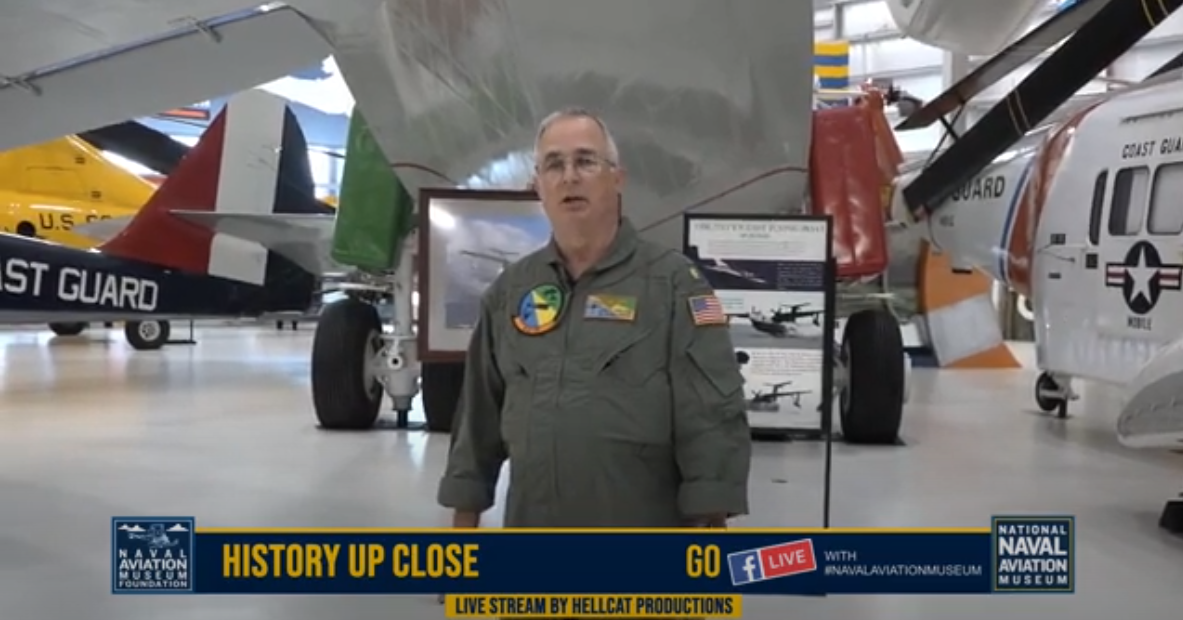
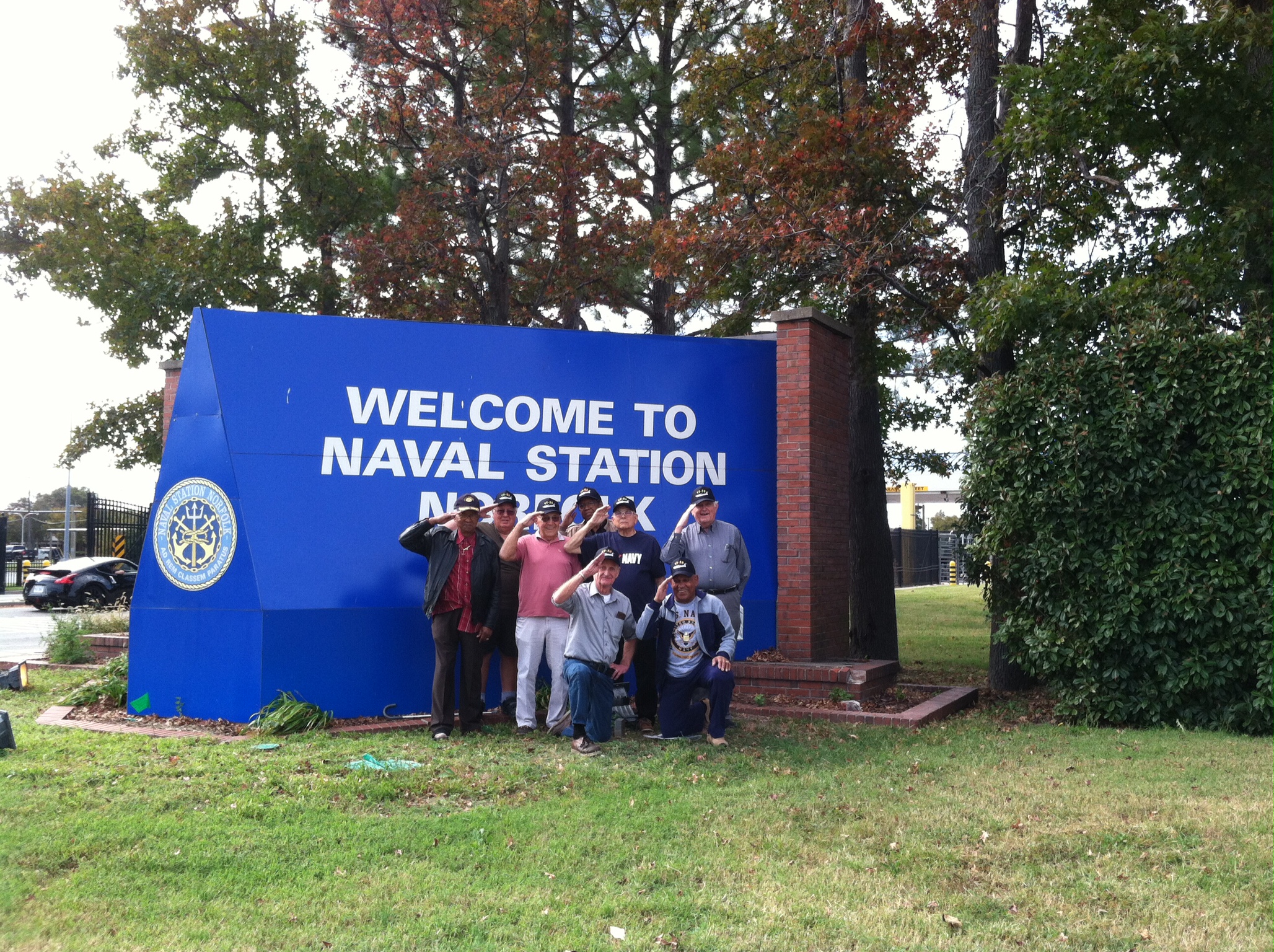
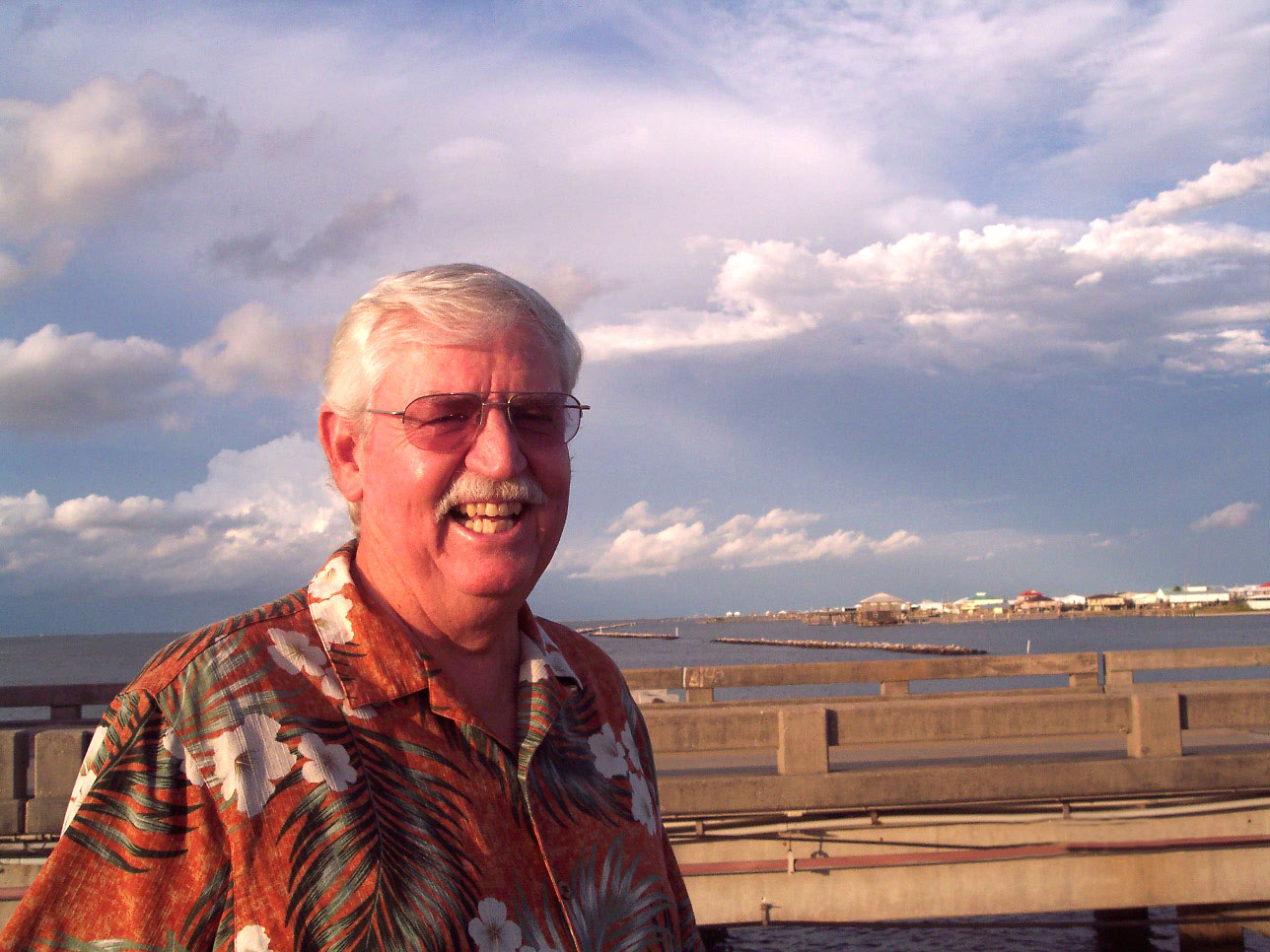
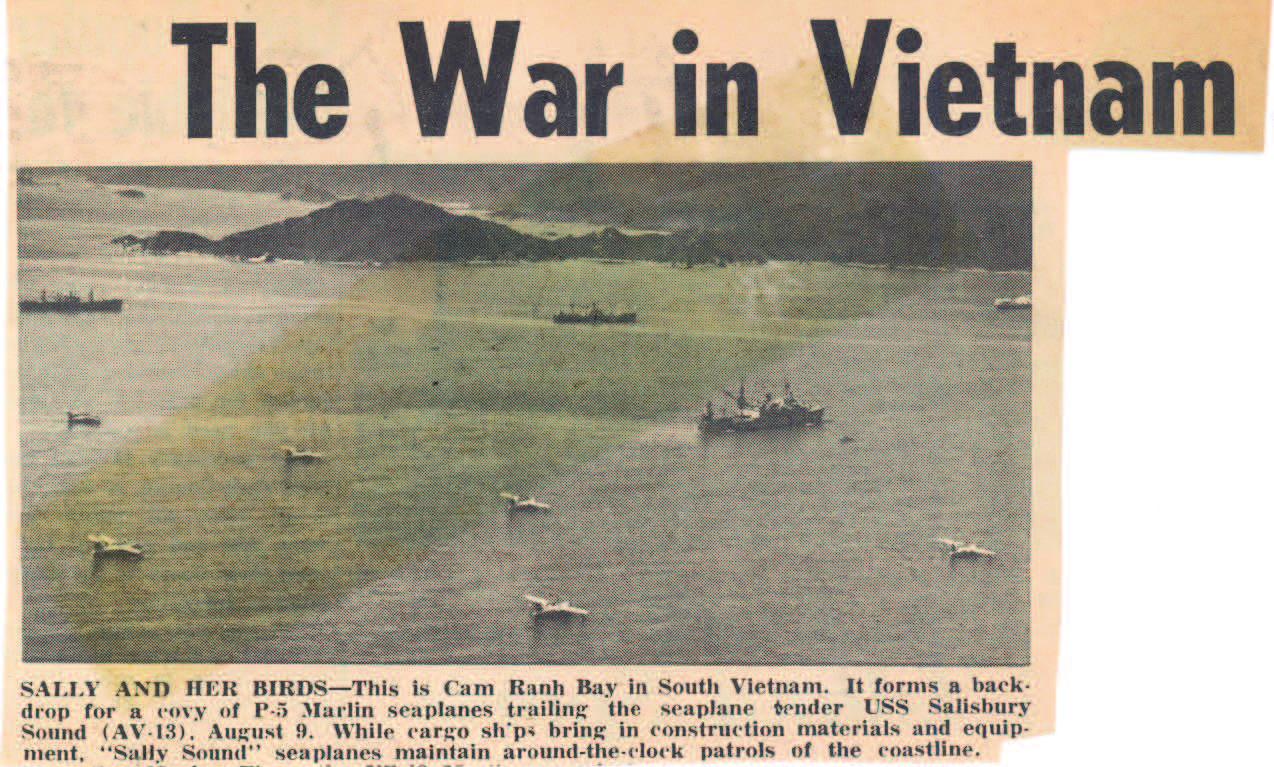
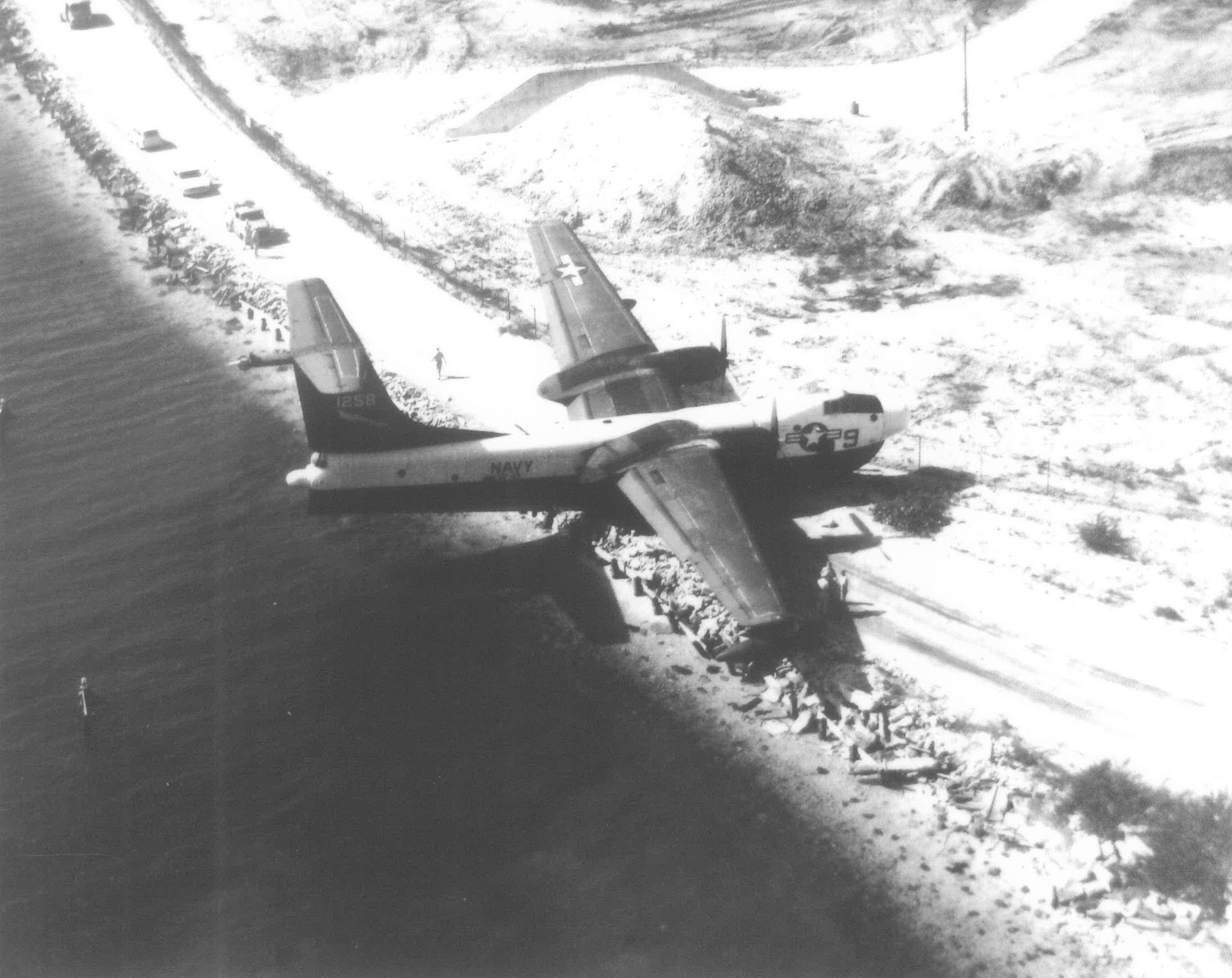
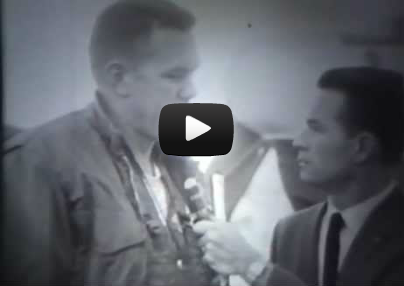
Leave a Comment
Your email address will not be published. Required fields are marked with *